Guide To The Best Natural Remedies That Cure Boils
Boils are skin infections characterized by a tender, red lump with white pus at the site of a hair follicle. Boils most commonly appear on an individual's shoulders, face, neck, buttocks, and armpits. A boil on an individual's eyelid is called a sty. In some cases, several boils may appear in a group, and this is called a carbuncle. They are caused by a bacterial infection that enters the body through the skin and travels down to the hair follicle. Although boils are quite uncomfortable, they are not permanent and are actually relatively easy to treat.
Warm Salted Compress
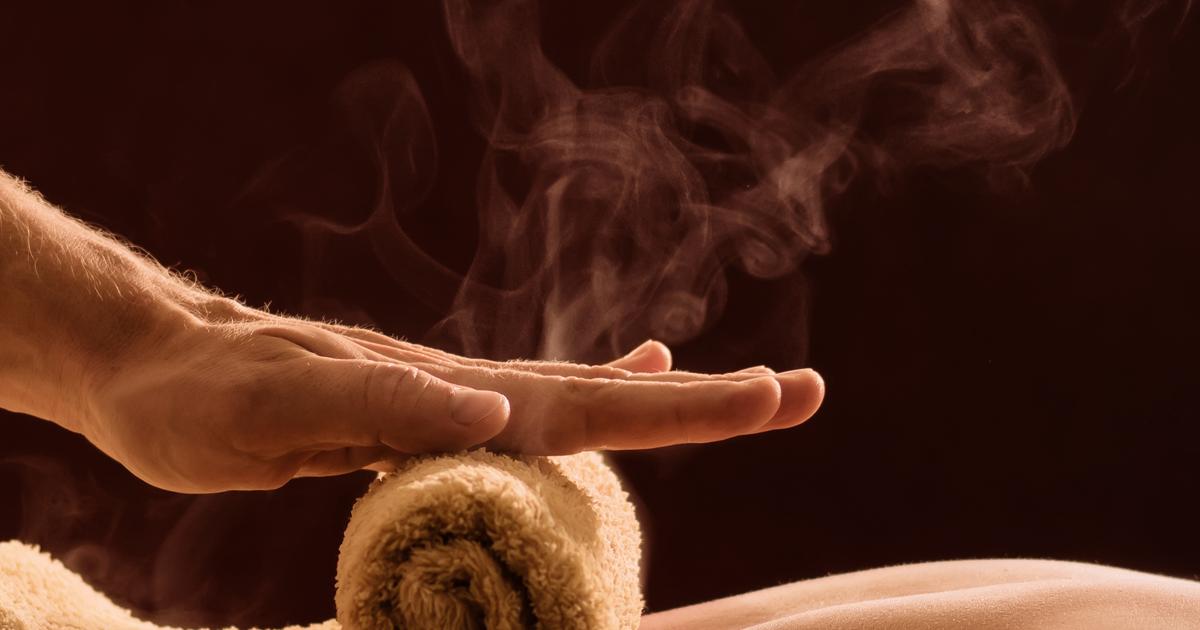
Placing a warm compress over the boil helps soften it and alleviates pain and inflammation. But warm compresses can be even more effective at alleviating boils. Adding Epsom salt to the compress will help draw the infection out of the hair follicle toward the top of the boil, where it will naturally push the infection out. Individuals can make an effective warm, salted compress by pouring a small amount of Epson salt in a small bowl with warm water and soak a washcloth in the mixture. A warm, salted compress can be applied to the boil for ten to fifteen minutes at a time, a few times a day, until the patient finds relief.
Neem Leaves

While all parts of the Neem plant can be used medicinally, the leaves contain the most beneficial properties for reducing the appearance of boils. Neem leaves have anti-inflammatory, antiulcer, antifungal, antibacterial, antiviral, antiulcer, anticarcinogenic, antimutagenic, antihyperglycaemic, antioxidant, and immunomodulatory properties. They can typically be purchased at any health food store. Individuals should grind the neem leaves with warm water until a paste is formed and apply the resulting paste to the boil. They may also choose to add a few neem leaves to a glass of boiled water and once cool, apply the water to the boil with a washcloth.
Tea Tree Oil
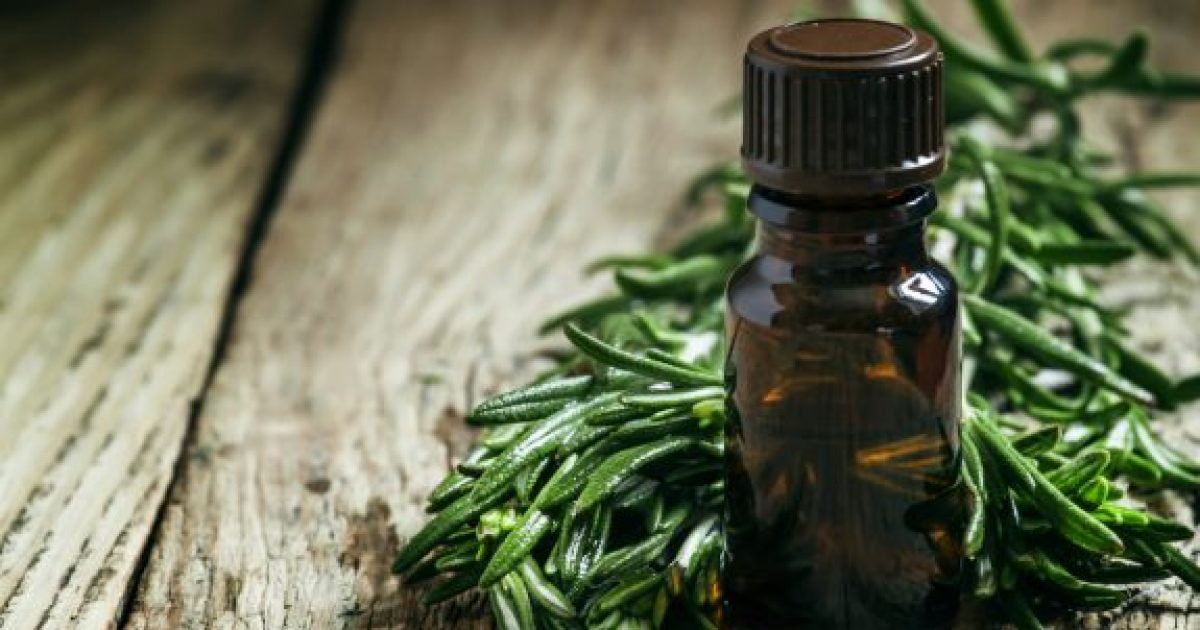
Tea tree essential oil has excellent antibiotic, antimicrobial, and antifungal properties, which all help boils heal well. To use this method of naturally treating boils, patients should start by gently washing the boil and its surrounding area with warm water. They should then put a few drops of tea tree essential oil directly on the boil and rub in. If the tea tree oil is irritating, individuals can try diluting it with warm water. Once the tea tree oil is applied, individuals should cover the boil with an elastic bandage to let the oil soak into the affected area effectively. They should also wash their hands thoroughly after touching the boil, so the infection does not spread.
Garlic
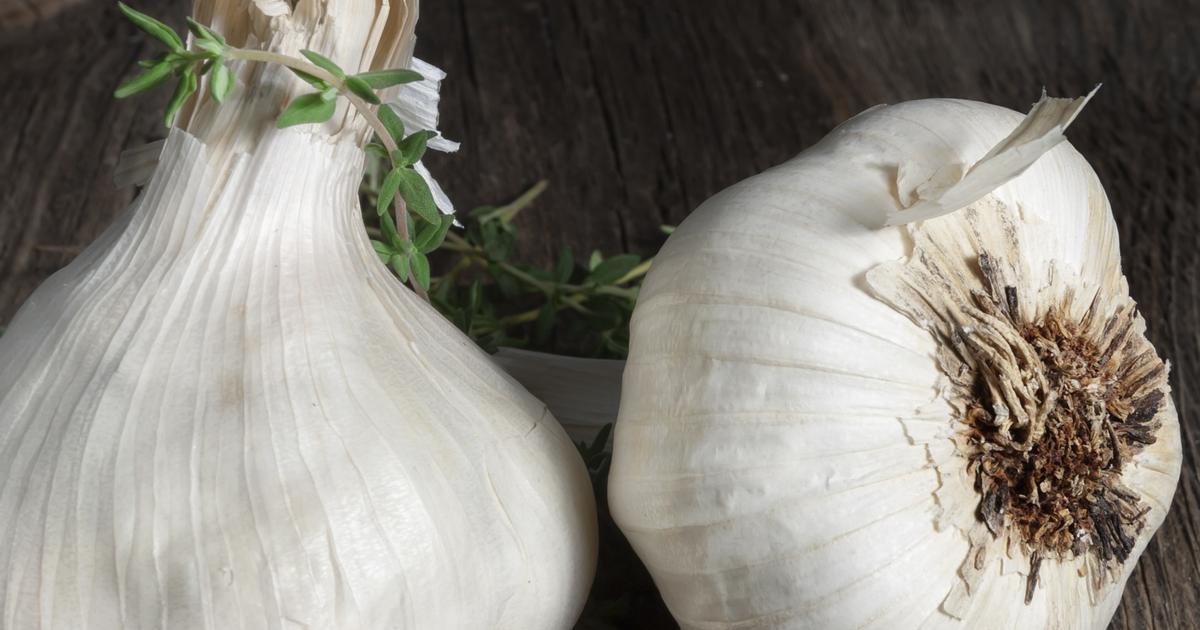
Garlic contains several active ingredients including alliin, allicin, and ajoene, which are responsible for its natural antibiotic effects. It also has stellar antibacterial, anti-inflammatory, and antiviral properties, making garlic an excellent choice for treating boils at home. Individuals looking to try this remedy should start by crushing two to three fresh garlic cloves using the side of a sharp knife. Once crushed, the garlic should be combined with water until a paste is formed. Patients can apply this paste to the boil and wrap a bandage over the area to secure the paste so it has the intended effect. Eating cooked or raw garlic is a great way to fight the infection from the inside out as well.
Onions
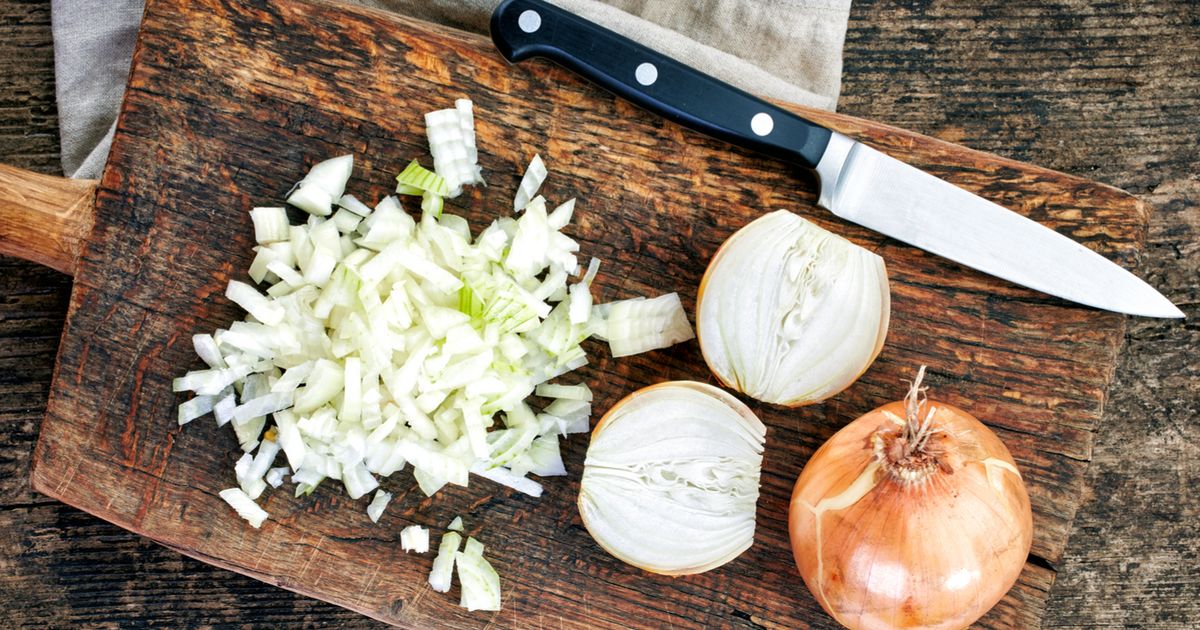
Onions contain twenty-five active compounds with outstanding healing powers. They have flavonoids with anti-inflammatory properties, and its essential oil has antiseptic, antifungal, expectorant, anticoagulant, and analgesic abilities that helps pull toxins and inflammation out of the boil while disinfecting the area. To use, cut thin slices of onion and place them directly on the boil. A bandage can help fasten the onion slices to the boil so their full effect can be realized. Of course, individuals can also try boiling the onion in some water and then apply the water to the boil.
Potatoes

Potatoes have natural antibacterial and antimicrobial properties that have been used for centuries to improve skin infections, including boils. They are also high in vitamins and minerals, such as various B vitamins, vitamin C, calcium, magnesium, phosphorus, iron, and manganese, which may help provide restorative nutrition to the infected boil. Individuals looking to harness the natural healing power of potatoes should cut thin slices of potato and place them directly on the boil, or grate a raw potato and squeeze out the juice. They can then apply the juice to the boil using a cotton ball or washcloth.
Turmeric
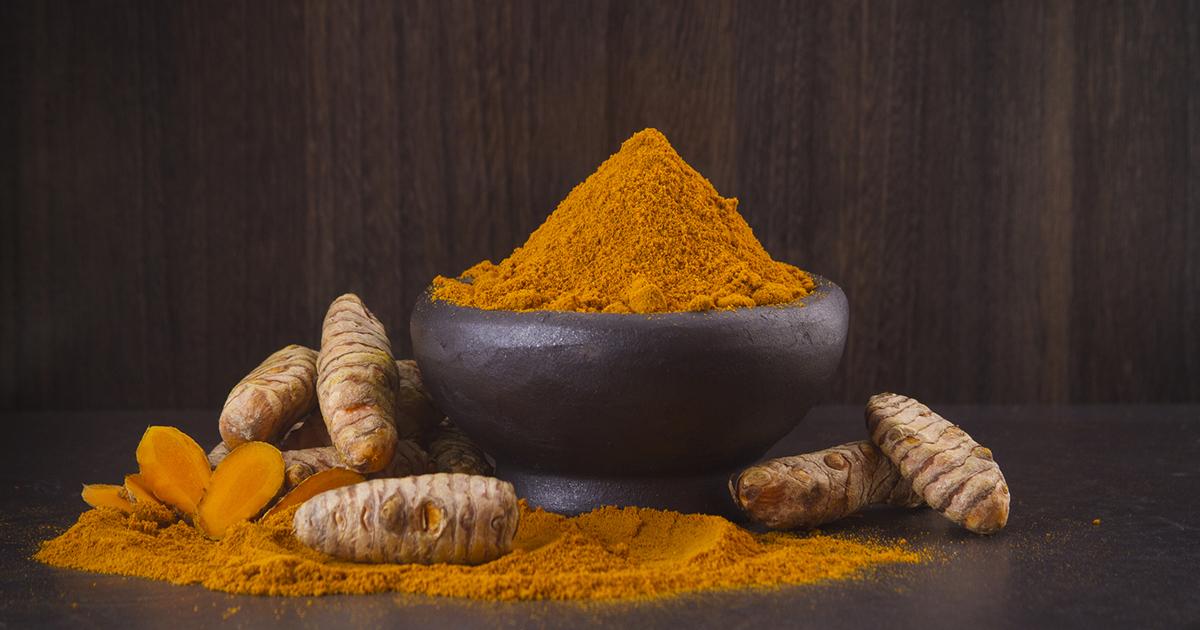
Turmeric is one of the most potent anti-inflammatory agents on Earth. The active compound in turmeric is called curcumin. In most cases, taking it orally and applying it topically to the boil should clear it up within a few days. Individuals should look for a turmeric supplement containing ninety-five percent curcuminoids. If they are taking it orally, they should be sure to take a few peppercorns with it to aid in absorption. Individuals applying turmeric topically should break open a capsule and mix with enough water to form a paste and apply the paste to the affected area. They may also wish to cover the paste with a bandage to help keep it on the boil.
Castor Oil
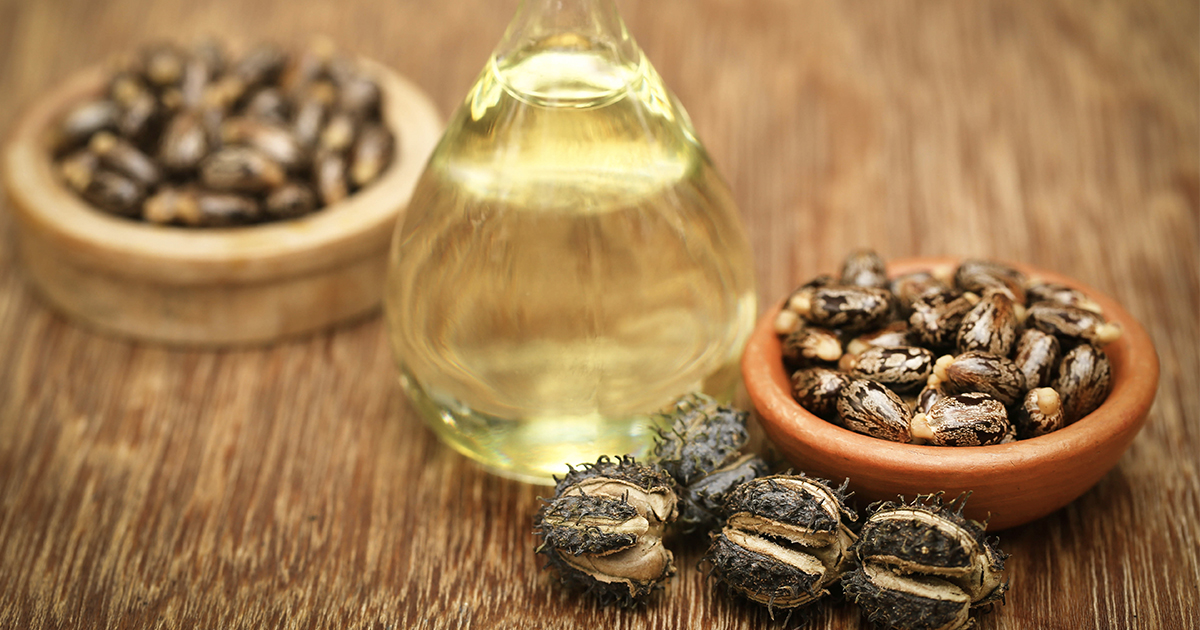
Castor oil is great to use on a boil because it helps keep the skin lubricated and fights infection at the same time. It has anti-inflammatory, antiviral, antibacterial, and antifungal properties. Applying castor oil directly to the boil helps pull the infection or pus from the base of the hair follicle to the top of the red bump, moving it out of the body naturally. Using an eyedropper, individuals should apply several drops directly to the skin and gently rub in or apply to a cotton ball and dab the boil. This can be done once or twice a day until the boil is gone.
Burdock Root
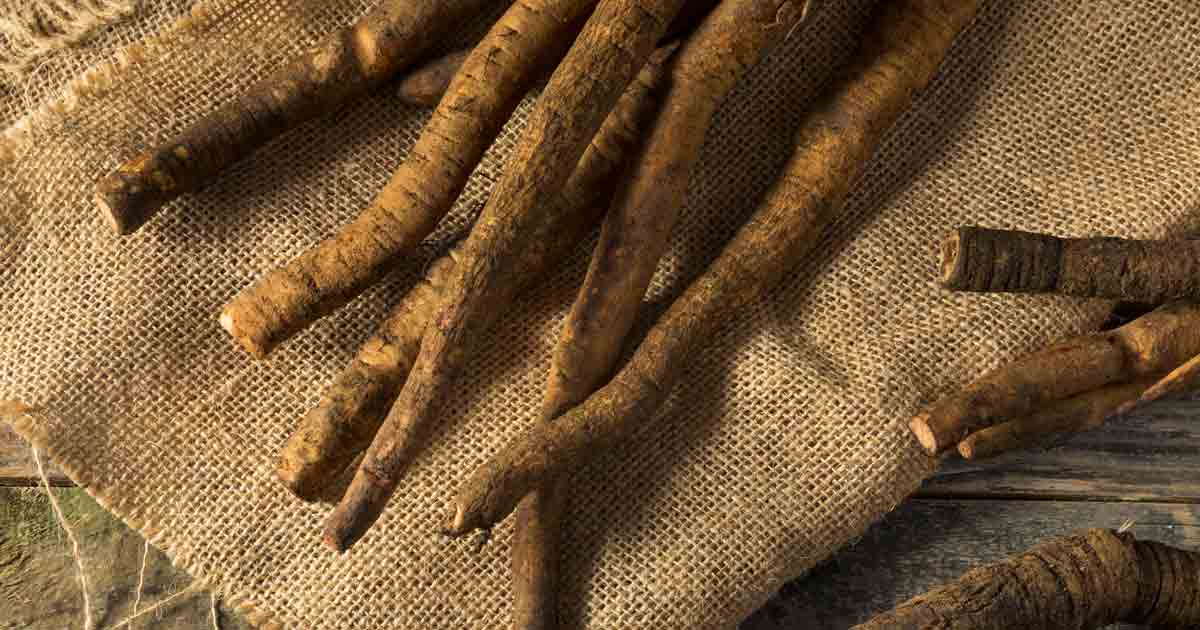
Burdock root contains purifying properties many believe help cure boils and other skin conditions by flushing out the toxins in the infected area. It has anti-inflammatory properties to help reduce swelling and is a natural antibiotic for tough to cure boils. Burdock root tea is also available and can easily be applied directly to the boil with a washcloth or cotton ball. Burdock root is a diuretic, which means individuals need to be mindful when they are drinking it throughout the day, as some reports of gastrointestinal issues due to the tea have been noted.
Echinacea
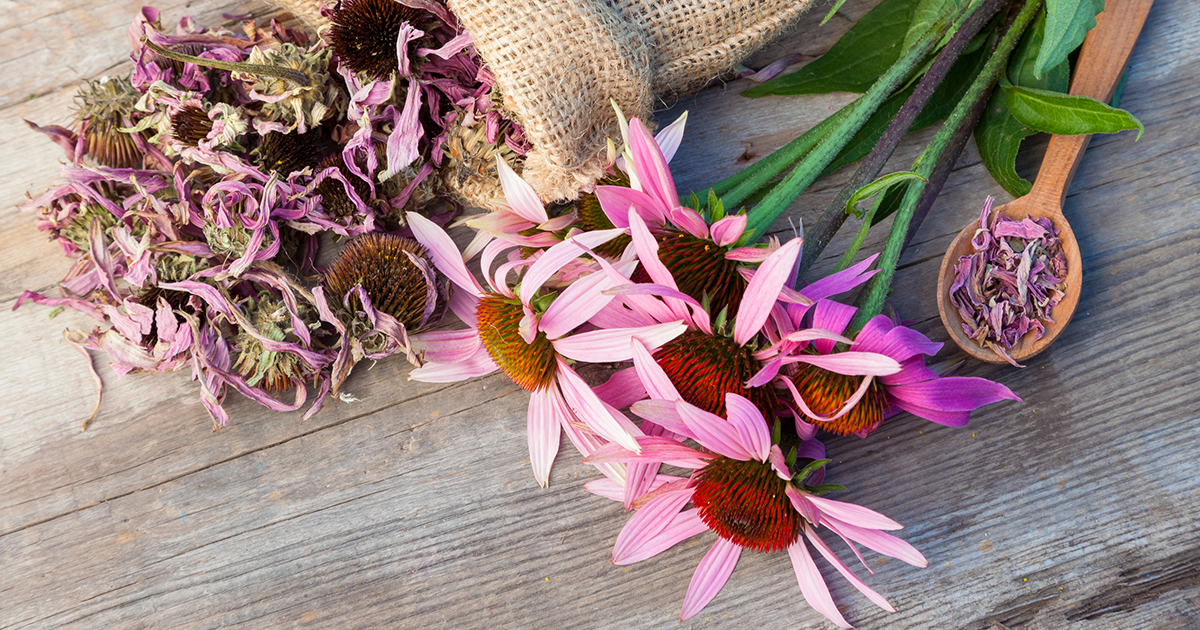
Individuals commonly use echinacea when they are suffering from the common cold to reduce the duration of the illness. But many may not realize it also has a similar effect when it comes to dealing with boils. Echinacea has antitumor, antibacterial, antiviral, and immunostimulant properties geared toward reducing healing times. It has been shown to directly inhibit Staphylococcus aureus, which is a common cause of boils. The best way to use echinacea for treating boils is to brew some echinacea tea and apply it to the affected area using a washcloth or a cotton ball.
Belladonna

Belladonna is a member of the nightshade family, and as such, is a relative of the tomato and the potato. However, it differs from those two plants in that it is deadly poisonous. All parts of the plant are considered poisonous and even touching it causes a rash in some individuals. Despite this, it has been used medicinally for centuries and even now is found in topical preparations such as ointments and creams. Its usefulness in treating boils rests largely on its anti-inflammatory properties. Belladonna also has analgesic qualities and eases the pain of the boil when it is applied. Since the plant is as toxic as it is, it should only be taken under a doctor's supervision.
Black Seed Oil
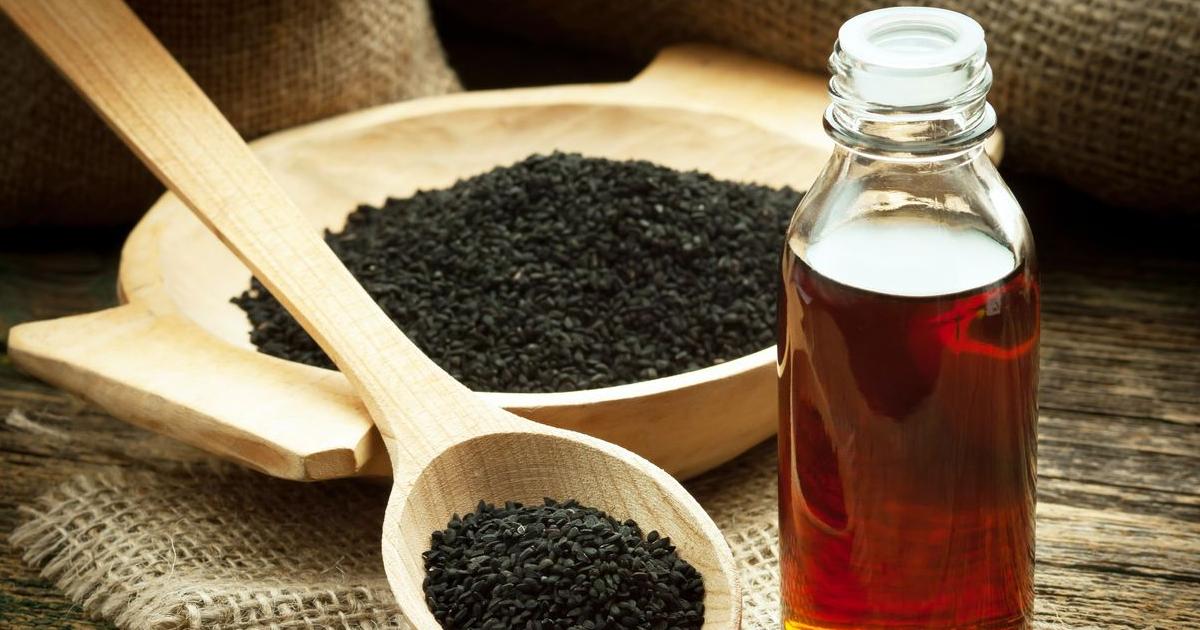
Black seed oil comes from the seeds of the Nigella plant. These seeds are popular in cooking, and their oil contains thymoquinone, an antioxidant. Antioxidants protect the cells against damage from free radical oxygen molecules. Black seed oil also has anti-inflammatory properties and can combat the infections that often lead to boils. It is also commonly used to treat a variety of skin conditions, including acne and psoriasis. Ironically, black seed oil added directly on the skin can cause some individuals to break out in a rash. A patient who has a boil should check how black seed oil affects them on a small area before they use it. Again, it should be used to treat a boil under a doctor's supervision.
Toothpaste
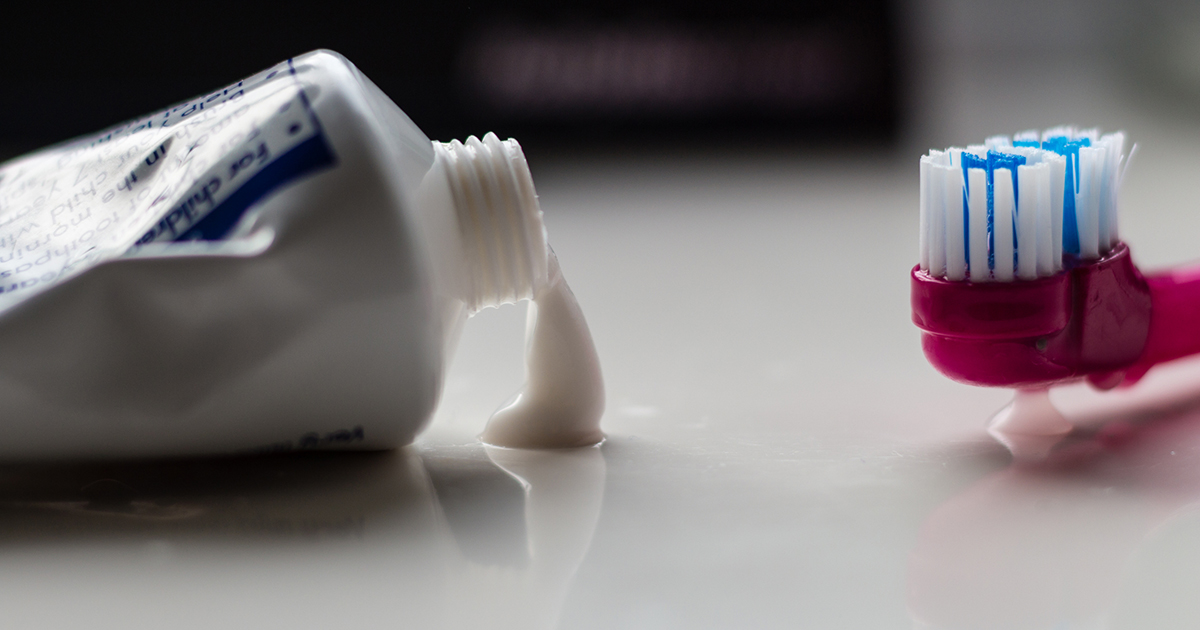
The gritty stuff used to clean teeth is can ease a surprising number of ailments, including boils. Toothpaste calms the inflammation associated with boils, and the menthol eases the pain. Alternative health experts recommend applying toothpaste to the boil and only the boil and kept on the area for a couple of hours. During this time, the patient should relax and not move the treated part of their body very much. Then, the toothpaste can be washed off and reapplied. Experts recommend doing this three times a day. Toothpaste is very effective, and many individuals with boils only need to use it for one day before seeing results.
Apple Cider Vinegar
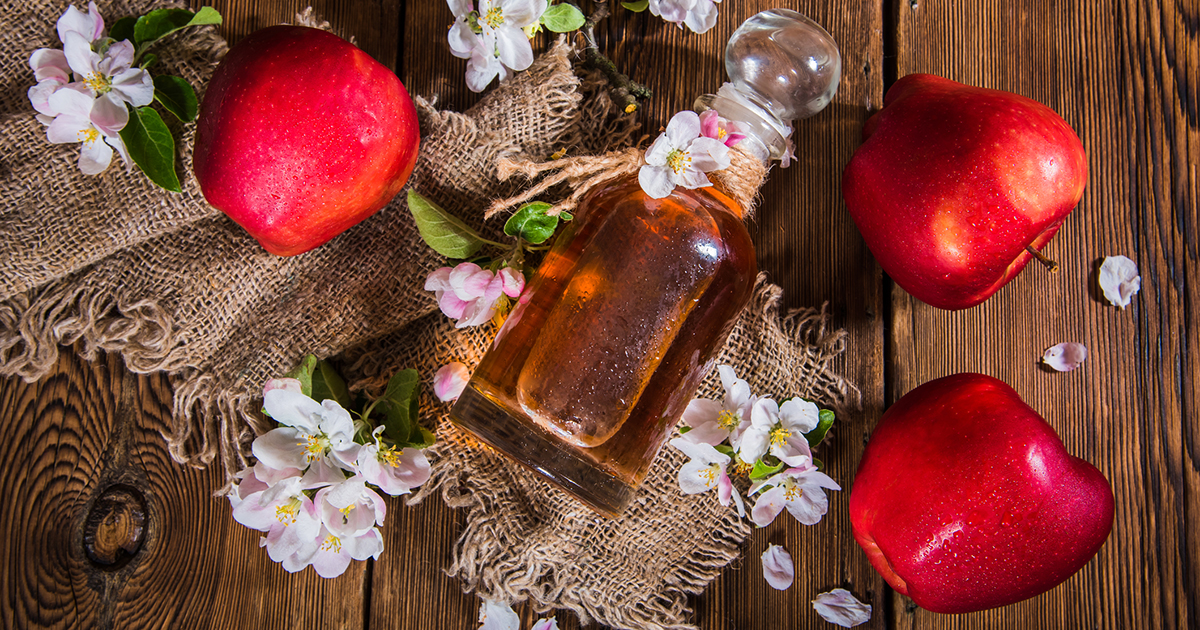
Lately, it seems apple cider vinegar, which has been around for millennia, is a cure-all. Though this is not strictly true, it treats many conditions and it does work well when it comes to boils. First, apple cider vinegar famously kills pathogens such as E. coli bacteria thanks to its high levels of acetic acid. Because the boil is caused by an infiltration of bacteria, the application of apple cider vinegar can reduce its severity. Though this vinegar can be ingested, it is best applied topically to the boil. Individuals should put some apple cider vinegar on a piece of gauze or cotton ball, and press it to the boil. Some bandage it to the lesion to let the vinegar soak into it.
Aloe Vera
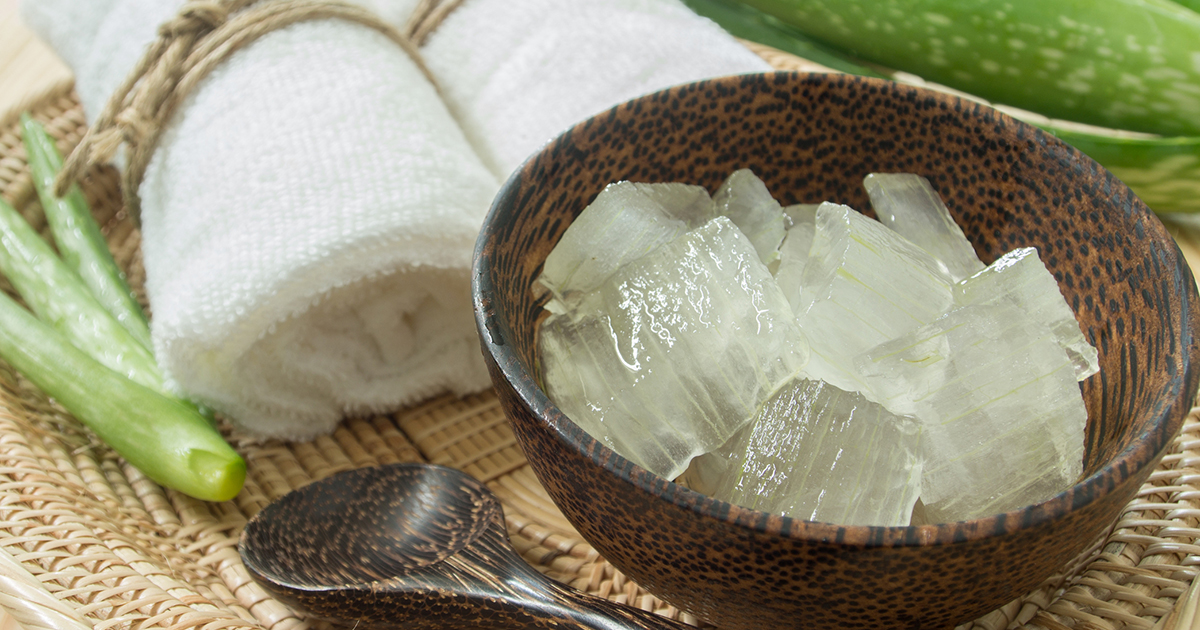
Aloe vera is a succulent plant famous for the soothing and health-giving gel that appears when one of its leaves is snipped. The gel of the plant not only soothes the pain of the boil but helps the lesion to heal. Scientists believe aloe vera does this by supporting the circulation of blood through the area around the boil and preventing cell death. The gel also fights fungi and bacteria. Experts believe the best way to use aloe vera is to collect some gel from the plant and place the gel directly on the boil. Commercial aloe vera gels, while helpful, are not as effective as a fresh gel.
